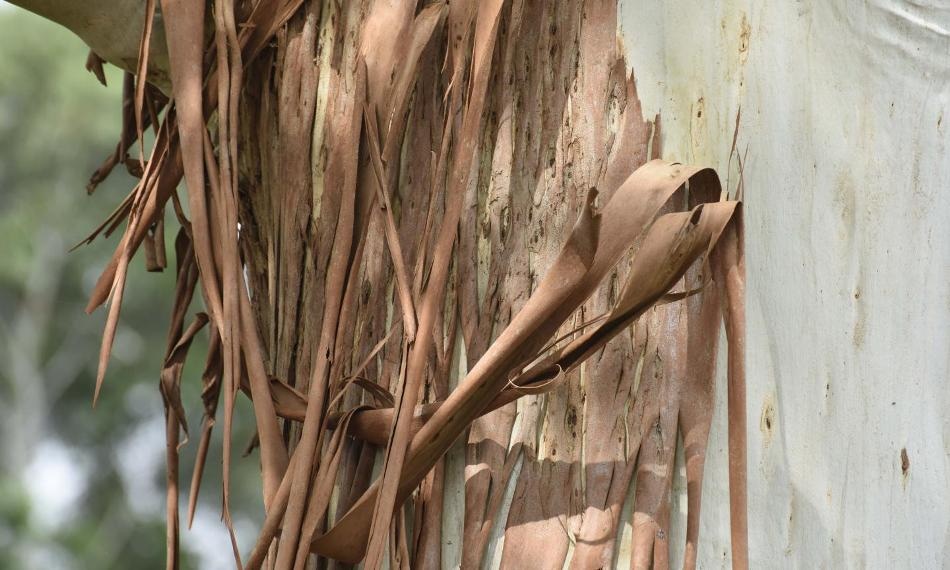Jun 25 2019
Wonder material, graphene is the strongest and thinnest material known to man. It is also flexible, transparent, and conducts electricity and heat 10 times more efficiently than copper, making it suitable for everything from flexible nanoelectronics to optimized fuel cells.
 Eucalyptus bark extract has never been used to synthesise graphene sheets before. (CREDIT: RMIT University)
Eucalyptus bark extract has never been used to synthesise graphene sheets before. (CREDIT: RMIT University)
The new method by scientists from RMIT University (Australia) and the National Institute of Technology, Warangal (India), uses Eucalyptus bark extract and is inexpensive and more sustainable than the existing synthesis techniques.
RMIT lead scientist, Distinguished Professor Suresh Bhargava, said the new technique could lower the cost of production from $USD 100 per gram to an astounding $USD 0.5 per gram.
Eucalyptus bark extract has never been used to synthesise graphene sheets before and we are thrilled to find that it not only works, it's, in fact, a superior method, both in terms of safety and overall cost. Our approach could bring down the cost of making graphene from around $USD 100 per gram to just 50 cents, increasing its availability to industries globally and enabling the development of an array of vital new technologies.
Suresh Bhargava Distinguished Professor and Lead Scientist, RMIT
Graphene's unique properties make it a transformative material that could be used in the creation of flexible electronics, more robust computer chips, and enhanced water filters, solar panels, and bio-sensors.
Professor Vishnu Shanker from the National Institute of Technology, Warangal, said the “green” chemistry avoided the use of poisonous reagents, possibly paving the way to the application of graphene not only for electronic devices but also biocompatible materials.
"Working collaboratively with RMIT's Centre for Advanced Materials and Industrial Chemistry we're harnessing the power of collective intelligence to make these discoveries," he said.
A novel approach to graphene synthesis
Chemical reduction is the most common technique for synthesizing graphene oxide as it enables the manufacture of graphene inexpensively in large quantities.
This technique, however, depends on reducing agents that are unsafe to people and the environment.
When tested in the application of a supercapacitor, the “green” graphene created using this technique matched the performance and quality characteristics of traditionally-made graphene without the poisonous reagents.
Bhargava said that Australia has an abundance of eucalyptus trees, thus making it an inexpensive and accessible resource for manufacturing graphene locally.
"Graphene is a remarkable material with great potential in many applications due to its chemical and physical properties and there's a growing demand for economical and environmentally friendly large-scale production," he said.